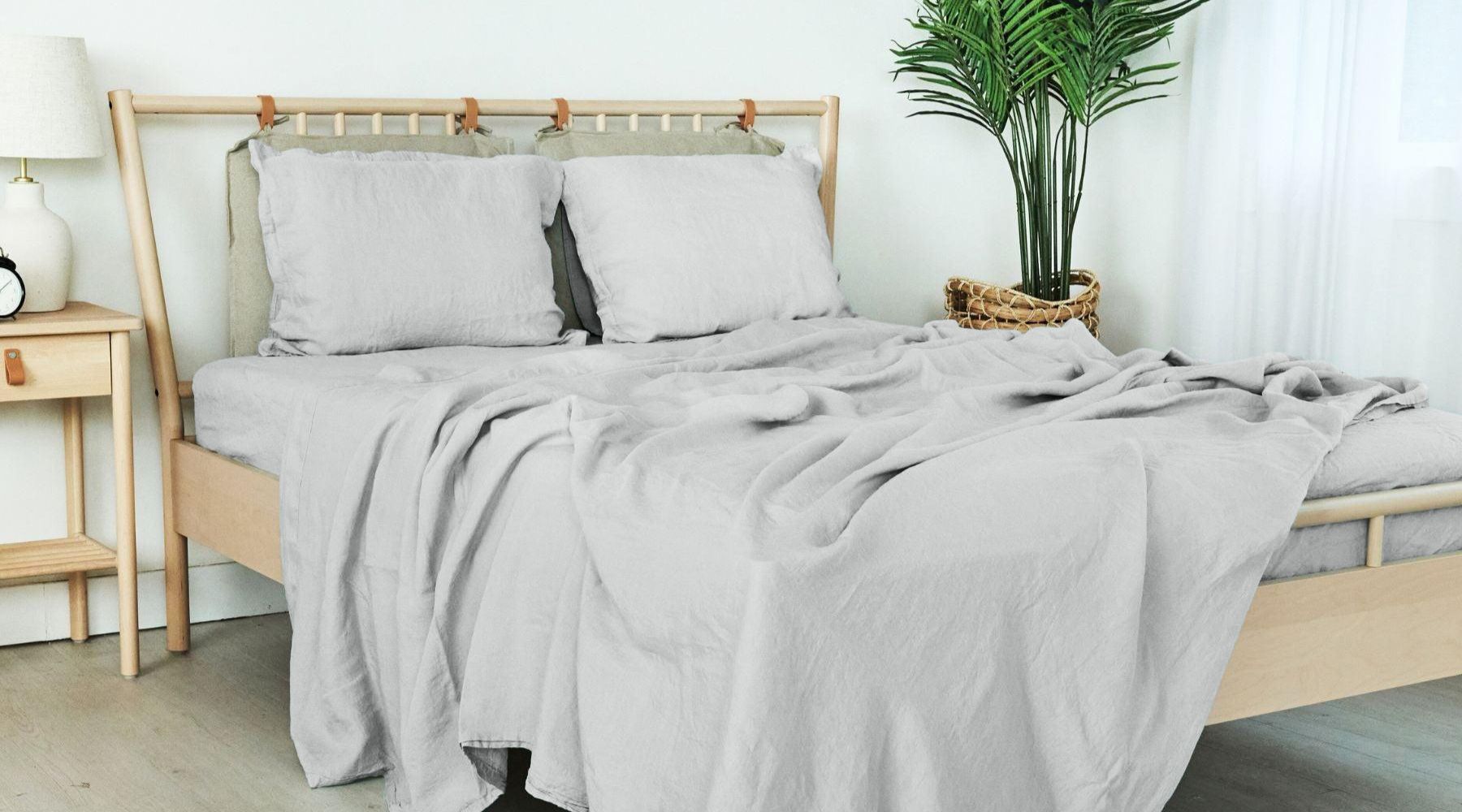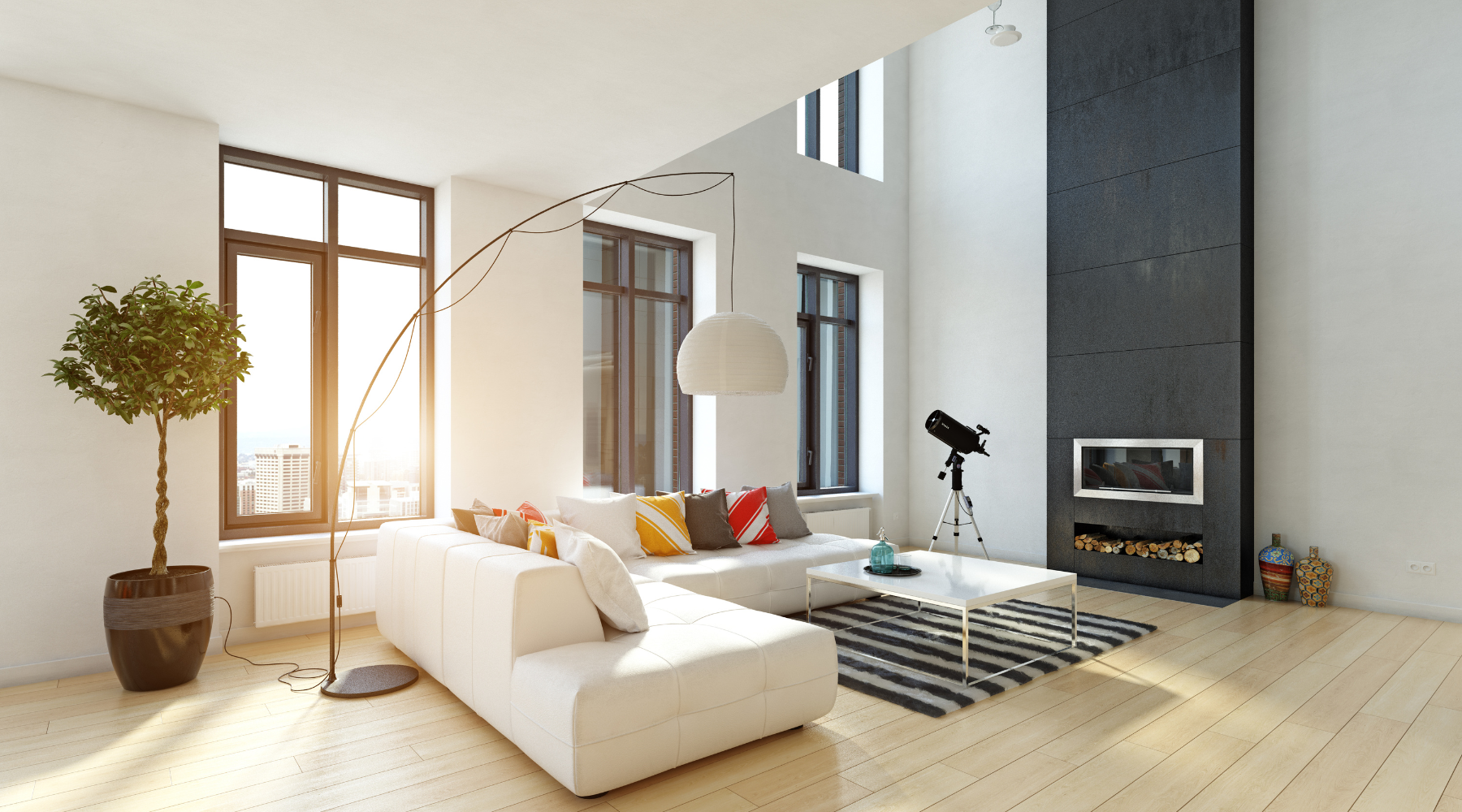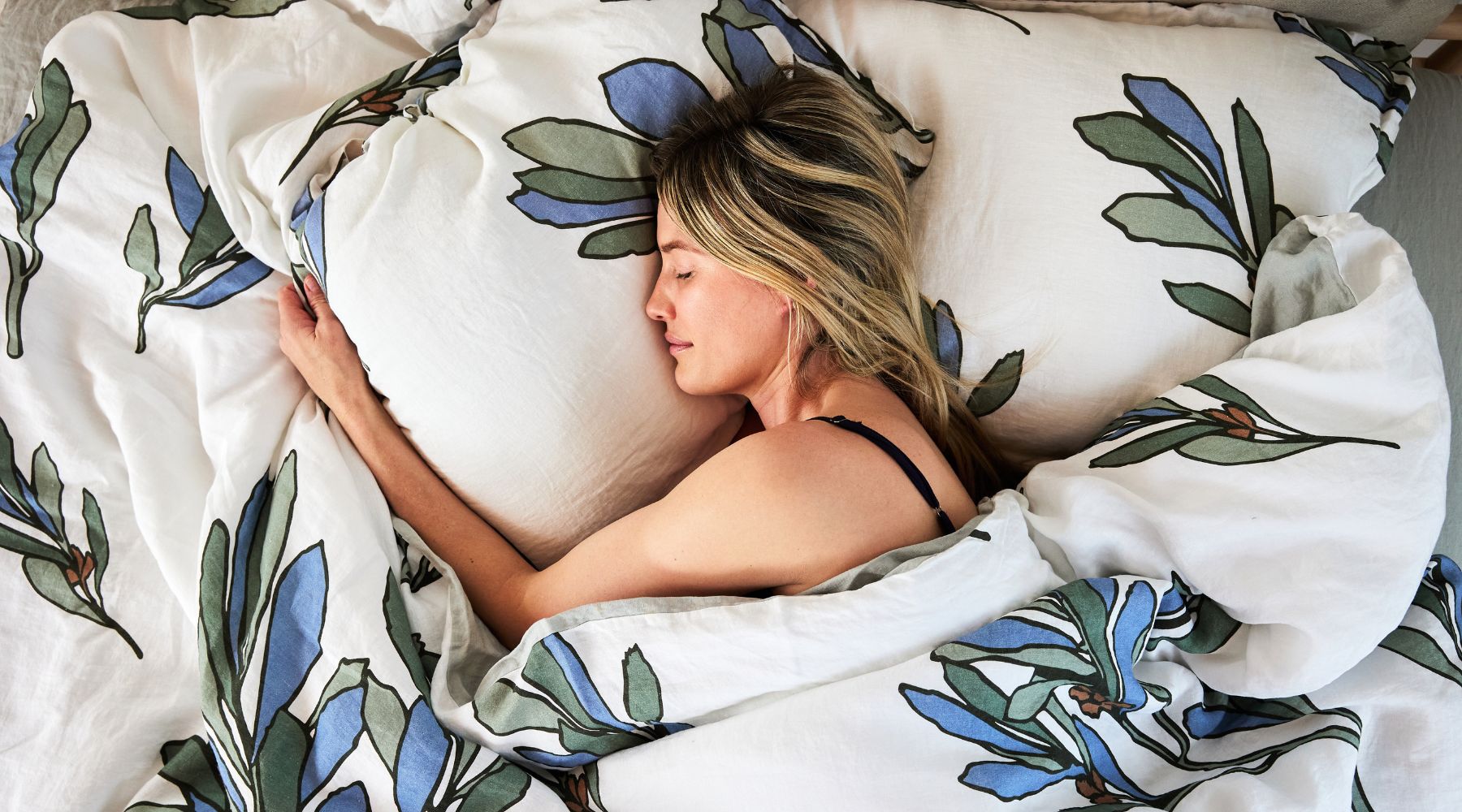
Sustainable Living: Why Organic Linen is a Smart Choice for Eco-Friendly Homes
More and more of us are embracing sustainable living—for our health and the planet’s. Discover how organic linen fits seamlessly into that lifestyle.
Why People are Embracing Eco-Friendly Homes
In recent years, people have become far more aware of the harm we cause to the environment. Not just through carbon emissions and global warming, but to the natural world, such as the destruction of forests and the release of plastics into the ocean. Many of these issues are caused by large corporations and government action (or inaction), which can feel disempowering. But as the saying goes: change starts at home. By making small adjustments to our living environment, and setting an example for others to follow, we can bring about more significant change.
Steps Toward a More Eco-Friendly Home
One of the biggest changes we’ve seen in the home is the advance of renewable energy technology. Countries now have more renewable energy sources than ever before: for example, Denmark generates more than 50% of its electricity needs from wind and solar power. Even the USA, not typically thought of as a renewable energy leader, generates 21% of electricity from renewables and 19% from nuclear power. People in states with retail energy choice can choose to get their electricity from companies that focus on renewable energy. Plus, the cost of solar panels has decreased by a remarkable 90% in the last 10 years, making them a viable option for many more homeowners.

Methods of heating and cooling our homes, while not perfect, are improving. Many people are upgrading their roof, wall, and window insulation to keep the heat in (or out), and are switching from old, gas-guzzling central-heating systems to more efficient ones or even sustainable heat pumps. There’s also a rising trend in “passive design” techniques that minimize the need for heating, cooling, and lighting, such as positioning windows to maximize natural light (something we’ve always known about in Scandinavia!).
Smartphone apps are helping us to stay on top of energy consumption, despite our busy lives. Apps such as Nest and Hue will switch off your heating and lights automatically when you leave the house.
Many households have embraced recycling as a way of life, though the US is behind Europe in that regard—we currently recycle around 32% of our waste, compared with as much as 69% in Germany and 50% across the European Union.
The Rise of More Sustainable Decor
Embracing more sustainable home decor has two advantages: not only does it help the environment, but it looks better, too. In our post, Why Scandinavian Design is Timeless, we do a deep dive on the aesthetic merits of natural materials. In short, natural materials such as wood, bamboo, jute, and linen never go out of style—because nature never goes out of style.
In the past, we had little awareness of where our wood furniture came from. This led to the exploitation of rare tree species such as mahogany and rosewood, as well as excessive tree felling in general, destroying forest ecosystems and decreasing the planet’s carbon-capturing capabilities. This has now changed; threatened species are banned or limited, and furniture companies now loudly advertise provenance. You now have a broad choice of Forestry Stewardship Council (FSC) certified furniture from sustainably managed forests—or even furniture made from reclaimed wood.

Be careful, though—just because something is “natural” doesn’t mean it’s sustainable. Cotton is a prime example of this: it’s grown using artificial chemicals that cause harm to both humans and the environment, and its constant thirst for water has caused entire lakes to dry up. Not only this, but the ethics of cotton production should give us pause: it’s been linked to forced labor in countries such as China.
What Makes Organic Linen a Smart Choice for Sustainable Living?
Of all the sustainable materials on offer, organic European linen is one of the best you can purchase for an eco-friendly home. Linen is the world’s oldest textile, prized by the Ancient Egyptians and Macedonians for its longevity; scraps of linen have been found that are estimated to be 38,000 years old. It’s the antidote to everything “fast fashion”: your organic linen bedding will last for several years rather than ending up in a landfill after just a few months. Plus, when it eventually does reach the end of its life, it’s fully recyclable.
The production process of organic linen benefits the local environment. Flax—the plant from which linen is made—grows naturally in the damp, cool climate of northern France, Belgium, and the Netherlands, meaning that no artificial irrigation, fertilizers, or pesticides are needed to help it along. In fact, all farmers in this area must sign the European Flax Charter, committing to zero waste, zero artificial irrigation (except in exceptional circumstances), and zero GMOs. The flax plants also provide cover for small birds and support pollinator species such as bees.
Once the flax has been harvested, it is laid in the field for retting, where the soft outer layer of the stem rots away to reveal the strong linen fiber underneath. Again, no chemicals are needed in this part of the process, only natural dew and rainwater.
Flax fields also benefit the global climate. According to the Alliance for European Flax-Linen and Hemp (CELC), European flax fields capture 276,000 tons of carbon dioxide every year—equivalent to the yearly emissions of 64,378 cars. This is far more than the carbon emitted through linen production, making linen a net carbon-negative product. And if you buy your organic linen sheets from The Modern Dane, we’ll offset the carbon emissions from shipping through our partnership with Planet.
At The Modern Dane, we practice sustainable Scandinavian principles at every stage of the production process—from flax seed to bed linen. The flax used to make our organic linen bedding is grown in France, Belgium, and the Netherlands, and sewn by artisans in Portugal. In addition, all our European bedding is GOTS- and OEKO-TEX certified, ensuring that it’s made to the highest standards of safety, sustainability, and ethics.
What do you do to make your home eco-friendly? Will you consider adopting organic linen sheets as part of your lifestyle? Let us know on Instagram, Pinterest, Facebook or Twitter!






Leave a comment
This site is protected by hCaptcha and the hCaptcha Privacy Policy and Terms of Service apply.